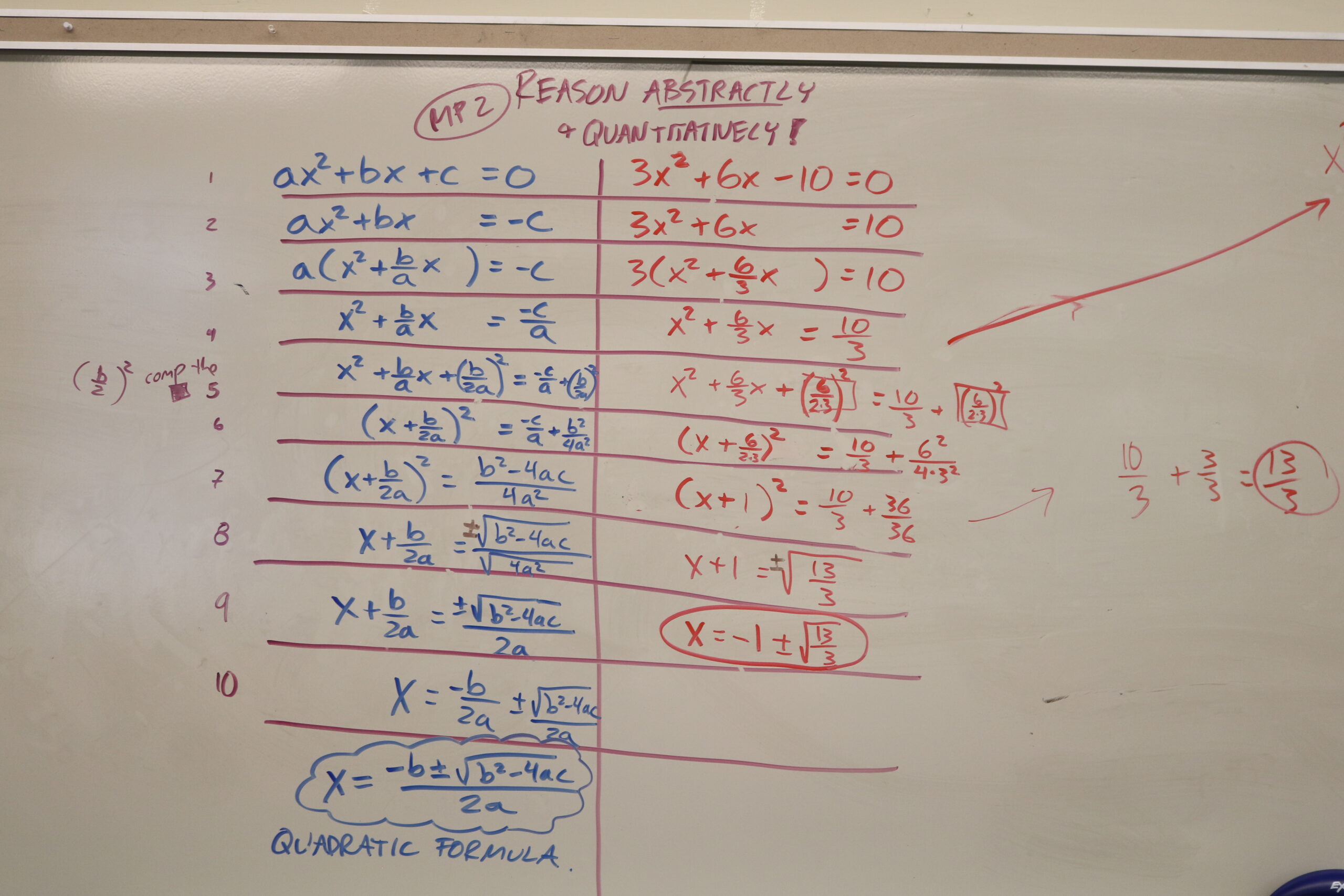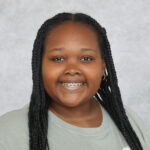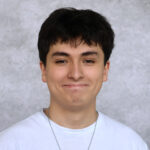
Elon University Student Amanda Pollock started researching mathematical teaching practices as part of her Teaching Fellows program.
“Part of the Teaching Fellows requirements is that we do an inquiry project. I had been unsure of what I wanted to research. My mentor sent me these principles to action document from the National Council of Teachers in mathematics,” Pollock said. To effectively combat the current disconnect in math classes today, teachers should consider the eight math teaching practices made by the National Council of Teachers of Mathematics.
These practices include establishing mathematics goals to focus learning, implementing tasks that promote reasoning and problem solving, using and connecting mathematical representations, facilitating meaningfulmathematical discourse, posing purposeful questions, building procedural questions, supporting productive struggle in learning mathematics and eliciting and using evidence of student thinking.
For Pollock, a middle grades education major, these new practices can come with their drawbacks.
“Facilitating meaningful mathematical discourse relies a lot on student participation and their willingness to engage in the content,” Pollock said. “If you don’t have that, that’s a big barrier to being able to implement that properly.”
As students lose their connection to math in schools, it raises concerns about the current education system. According to “The Robot Factory” by Joseph Ganem, not only do most adults nowadays need other subjects like reading and writing a lot more than math, but students lack the necessity to utilize these concepts in their everyday life.
These practices were created as a way to evolve the traditional sense of teaching the subject, moving towards a more collaborative effort on both sides.
“There’s been a big shift from simply just memorization into learning the why behind problems and knowing why you’re doing each step that you’re doing,” Pollock said. “These practices were created to be used over all sorts of math content and really focusing on helping students learn very deeply about the content as opposed to just the surface level memorization.”
The research for these practices brought upon a survey made to see
whether middle school math teachers were aware of them. With over 70 teacher responses, many said that they never knew they existed, creating a vacuum in which these practices can be used to help.
“Hopefully it brings a little bit of awareness to the teaching practices,” Pollock said. “Ultimately the hope is it helps in professional development.”

